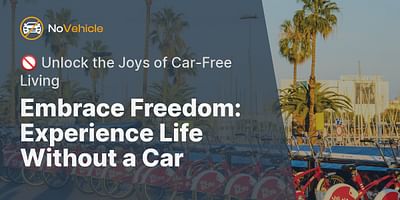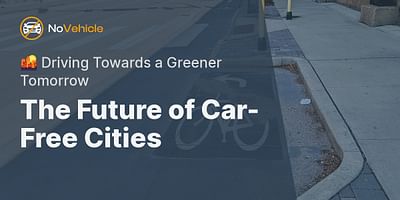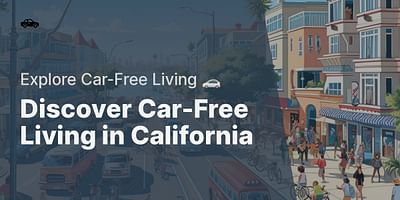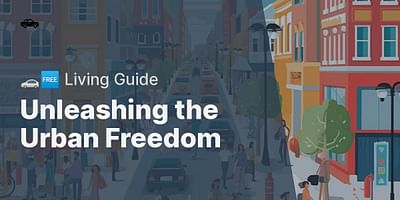Zoe is a writer and environmental activist who is passionate about sustainable living and reducing her carbon footprint. She has been living a car-free lifestyle for several years and enjoys exploring new destinations by foot, bike, and public transportation.
Car-free zones are areas within cities that are designated for pedestrian and non-motorized vehicle use only. These zones have become increasingly popular in urban areas around the world, and for good reason! Car-free zones offer a wide range of benefits to cities and their residents. Let's explore some of the ways in which car-free zones benefit cities.
First and foremost, car-free zones promote sustainable transportation. By limiting or eliminating cars from certain areas, cities encourage people to use alternative modes of transportation such as walking, cycling, and public transit. This helps reduce air pollution and greenhouse gas emissions, making the city cleaner and healthier for everyone.
Car-free zones also contribute to improved air quality. Cars are a major source of air pollution, emitting harmful pollutants such as nitrogen oxides and particulate matter. By reducing the number of cars in certain areas, car-free zones help to minimize these pollutants and create a healthier environment for residents and visitors alike.
In addition to environmental benefits, car-free zones have a positive impact on public health. Encouraging walking and cycling as primary modes of transportation promotes physical activity, which is crucial for maintaining a healthy lifestyle. Studies have shown that people who live in car-free zones tend to be more active and have lower rates of obesity and chronic diseases.
Car-free zones also have the potential to improve road safety. With fewer cars on the road, the risk of accidents and collisions decreases significantly. Pedestrians and cyclists can navigate the streets more safely, without the constant worry of being hit by a car. This creates a more pleasant and stress-free environment for everyone.
Furthermore, car-free zones can revitalize urban spaces. By reclaiming streets and parking lots for pedestrians, cities can create vibrant public spaces that foster social interaction and community engagement. These spaces can be used for events, markets, and recreational activities, making the city more livable and enjoyable for residents and visitors.
Lastly, car-free zones can have a positive economic impact. Studies have shown that pedestrian-friendly areas tend to attract more visitors and shoppers, leading to increased foot traffic and higher sales for local businesses. Additionally, car-free zones can reduce the need for expensive parking infrastructure, freeing up valuable land for other purposes.
In conclusion, car-free zones offer numerous benefits to cities. From promoting sustainable transportation and improving air quality to enhancing public health and revitalizing urban spaces, these zones have the potential to transform cities into more livable, vibrant, and sustainable places. So, next time you visit a city with a car-free zone, take advantage of the opportunity to explore it on foot or by bike. You might just discover a whole new side of the city that you wouldn't have experienced from behind the wheel of a car.















